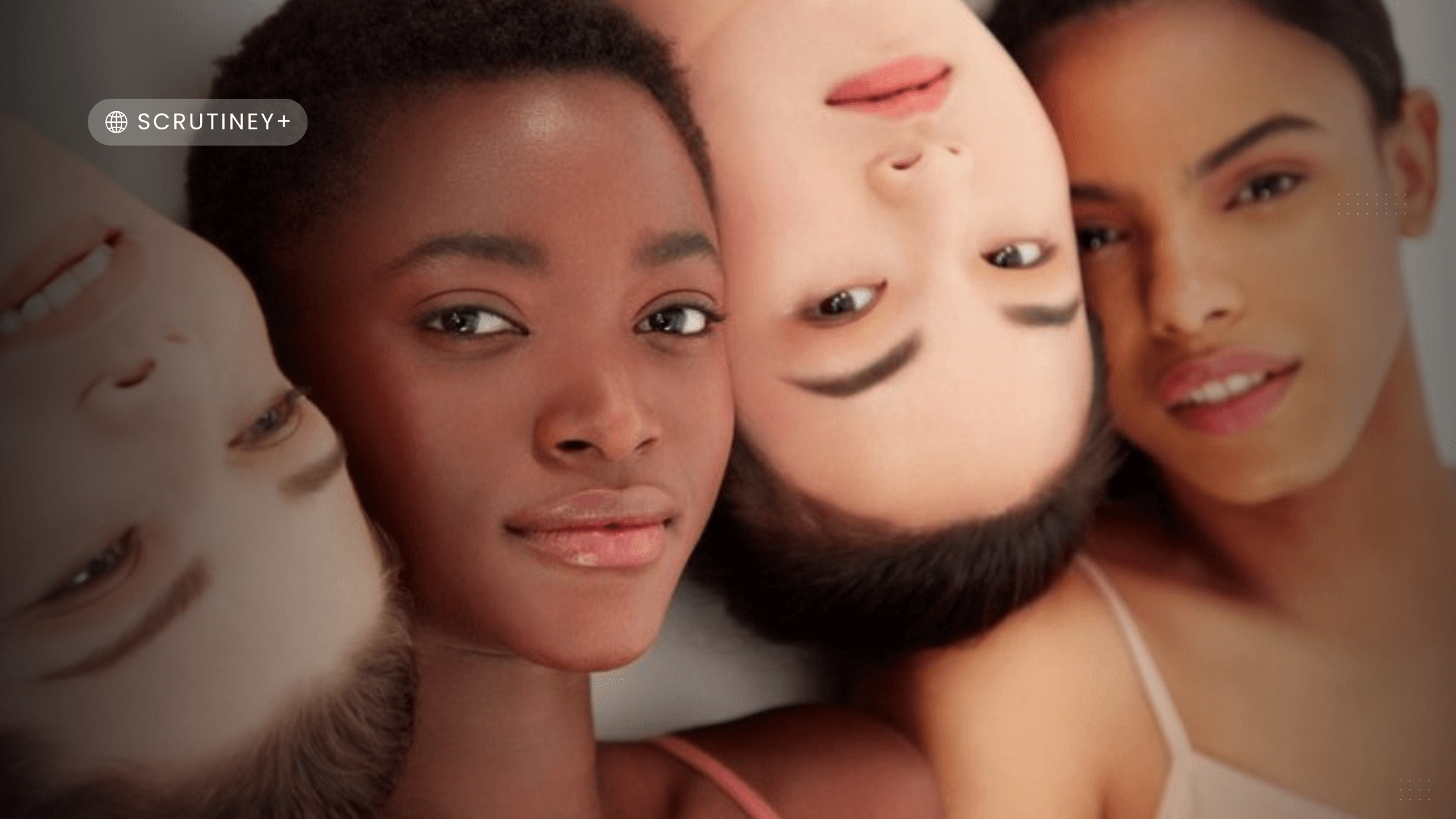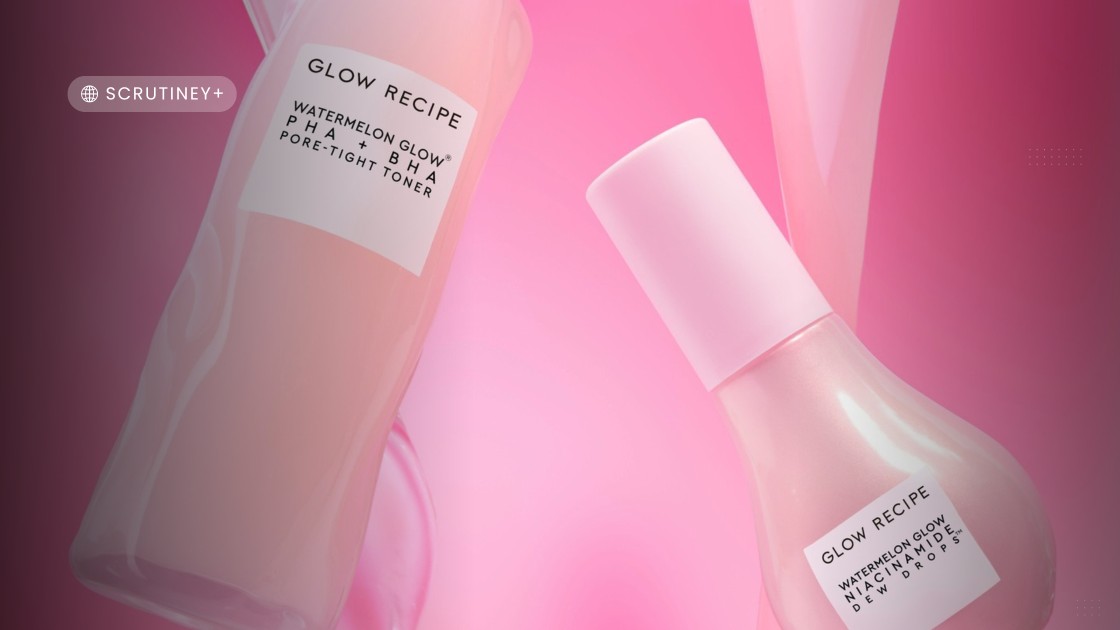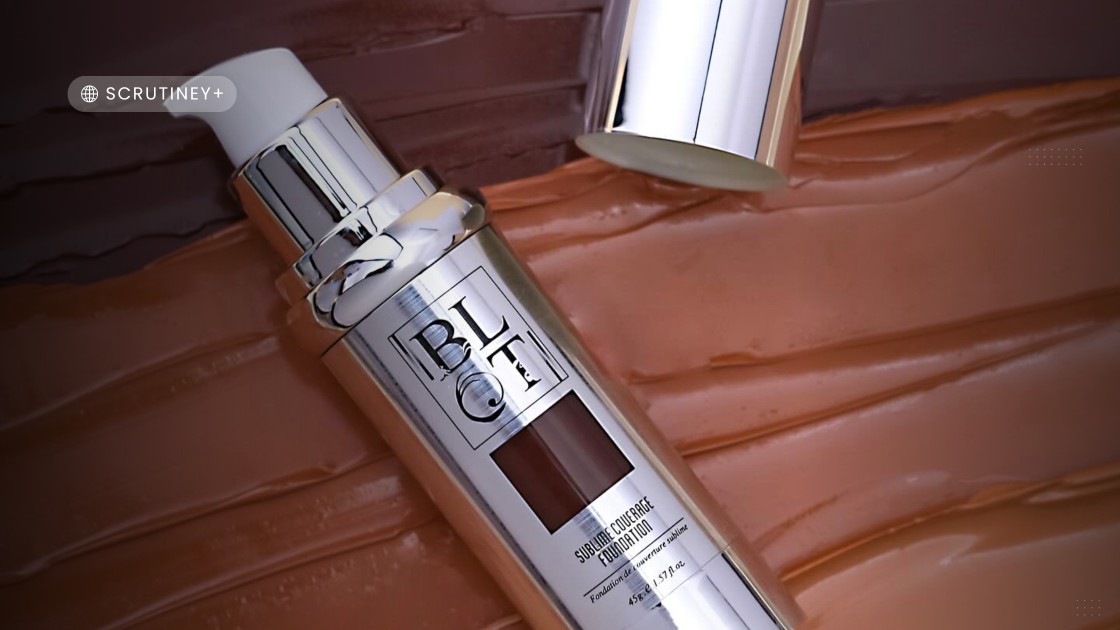Introduction:
It’s no secret that some beauty brands are outperforming others, while many are striving to catch up. The beauty industry is shaped by rapidly shifting consumer preferences, forcing businesses to stay agile in the face of new trends. Those that fail to evolve risk losing their competitive edge.
Adapting to these trends, whether it’s meeting the demand for sustainable products or integrating technology into beauty routines, can feel overwhelming. However, brands that can successfully understand and embrace these shifts are more likely to spark innovation, foster customer loyalty, and achieve long-term growth.
In this post, we’ll dive into the most influential beauty trends for 2024 and explore how businesses can harness them to boost their visibility and thrive in the evolving beauty landscape.
Personalized Beauty: Catering to Individual Needs
Definition and Concept: At its core, personalized beauty is all about creating products and experiences tailored to an individual’s unique characteristics. Gone are the days of “one-size-fits-all” solutions. Today, consumers expect beauty brands to offer personalized products that cater to their specific skin types, hair textures, and beauty goals.
Example: Brands like Function of Beauty have taken personalization to the next level by allowing customers to customize everything from shampoo formulations to packaging labels. By filling out an online quiz about their hair type and preferences, customers receive bespoke products designed just for them. This focus on personalization has been key to their success, as more consumers seek products that reflect their individuality.
Actionable Insights: For businesses looking to tap into this trend, investing in AI-driven tools can help analyze customer data and provide personalized recommendations. Developing customizable product lines or offering virtual consultations are also excellent ways to meet consumers where they are.
Sustainable Beauty: The Push for Eco-Friendly Solutions
Defining Sustainability in Beauty: Sustainable beauty refers to products and practices that minimize environmental impact, from sourcing natural ingredients to using recyclable packaging. As consumers become more eco-conscious, the demand for sustainable products continues to rise.
Case Study: Biossance, a brand known for its clean, eco-friendly approach, uses plant-based squalane instead of the traditional squalane derived from sharks. This not only supports marine life preservation but also provides customers with effective skincare solutions without guilt. Their transparent commitment to sustainability has attracted a loyal, environmentally aware customer base.
What Businesses Can Do: Brands should consider switching to eco-friendly packaging, like biodegradable or refillable containers. Sourcing sustainable ingredients and being transparent about your production processes can also go a long way in building trust with consumers who prioritize the environment.
A-Beauty: The Rise of African Ingredients
Understanding A-Beauty: A-Beauty, or African Beauty, celebrates the rich natural resources and beauty traditions of Africa, with ingredients like shea butter, baobab oil, and marula oil leading the way. These ingredients offer potent skincare benefits due to their antioxidant-rich properties and are increasingly being sought after worldwide.
Example: Brands like Uncover and Zaron have successfully incorporated African ingredients into their products, leveraging their authenticity and effectiveness. Uncover’s use of baobab oil in their skincare line is a perfect example of how A-Beauty can be both innovative and rooted in tradition.
Practical Tip: For businesses aiming to embrace A-Beauty, it’s essential to tell the story behind the ingredients. Highlight the cultural significance and effectiveness of these resources. Building partnerships with local African communities can also foster sustainable sourcing and strengthen your brand’s authenticity.
Skinimalism: Less is more
What is Skinimalism? Skinimalism is the trend of simplifying skincare routines by using fewer products that deliver maximum results. As consumers seek more minimalistic approaches to beauty, multi-functional products that offer various benefits are becoming more popular.
Real-World Example: The Ordinary offers no-fuss, ingredient-focused skincare solutions that target specific concerns like acne, anti-aging, and hydration. By focusing on essential ingredients and stripping away unnecessary add-ons, they cater to consumers looking for effective yet simplified skincare routines.
How to Leverage: Businesses can create multi-functional products, such as moisturizers with built-in SPF or serums that hydrate and combat aging. Educating customers on how to streamline their routines without sacrificing results is also a key strategy.
Inclusivity: Beauty for Everyone
Defining Inclusivity: Inclusivity in beauty means offering products that cater to all skin tones, genders, and ethnicities. The beauty industry has seen a massive shift towards more diverse and inclusive offerings, with brands actively working to close gaps that previously left many groups underrepresented.
Case Study: Fenty Beauty’s groundbreaking launch of a 40-shade foundation line set a new standard for diversity and inclusion in makeup. It wasn’t just about shades; it was about ensuring that everyone—regardless of skin tone—could find a product that worked for them. This inclusivity led to Fenty’s huge success, quickly making it a market leader.
Actionable Steps: To follow in Fenty’s footsteps, businesses must diversify their product ranges and ensure they offer shades and formulas that cater to a wide audience. Inclusive marketing campaigns, featuring models of different skin tones, ages, and genders, can also help build a more diverse customer base.
Tech-Driven Beauty: The Role of Innovation
Explaining Tech-Driven Beauty: The integration of technology into beauty is revolutionizing the way consumers interact with products. From virtual try-ons to AI-powered skin diagnostics, tech-driven beauty offers personalized and immersive experiences that enhance the customer journey.
Example: Brands like Sephora have adopted virtual try-on tools that allow customers to test products from the comfort of their homes. Using augmented reality (AR), users can see how different shades of lipstick or eyeshadow look on their skin tone before making a purchase.
How Businesses Can Adapt: Incorporating virtual try-ons or AI-driven skin analyzers into your digital platforms can enhance customer experiences and lead to higher conversion rates. Additionally, developing smart beauty devices like LED masks can tap into consumers’ growing interest in tech-based skincare solutions.
Community-Centric Marketing: Building Brand Loyalty
What is Community-Centric Marketing? As brands move away from traditional influencer-driven campaigns, community-centric marketing, which focuses on building authentic relationships with consumers, is on the rise. This strategy emphasizes user-generated content (UGC), brand loyalty programs, and customer inclusion in brand experiences.
Case Study: Tarte and Refy Beauty have been hosting “community trips,” where they invite not only influencers but also loyal customers to create user-generated content and build genuine connections. This approach has not only led to increased UGC but has also fostered deeper loyalty among their communities.
How to Implement: Brands should consider creating loyalty programs that reward customers for engagement. Hosting community events or virtual experiences can also bring together customers and influencers in an authentic, relationship-building manner.
Conclusion: The beauty industry is constantly evolving, but by staying attuned to these emerging trends, businesses can ensure they remain relevant and competitive. Whether it’s through personalization, sustainability, or inclusivity, understanding what consumers want—and delivering it with authenticity—will be key to future success.
Here are references to support the insights shared in the blog:



